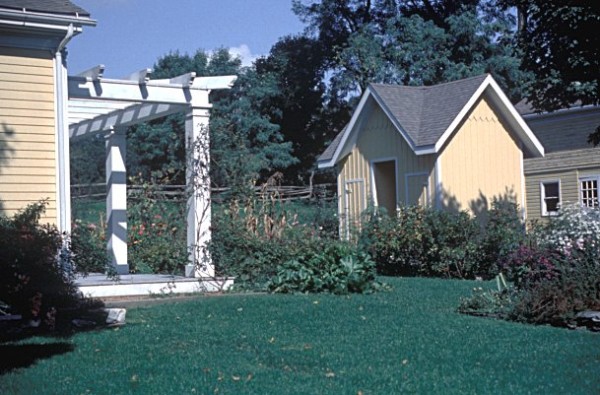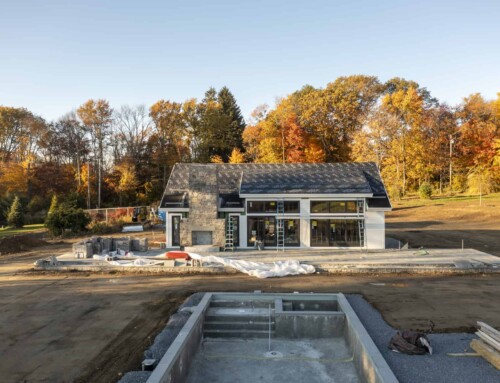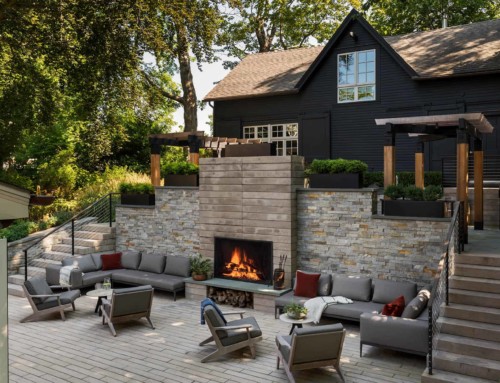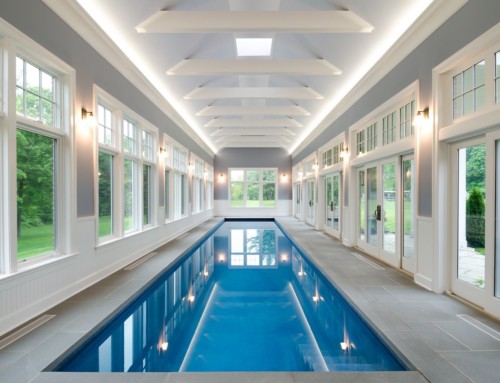Nothing reminds us that spring is coming more than digging out the potting soil, the rusted tools, and clay pots. For me it involves cleaning the refuse out of my vegetable garden from the previous year, opening up the deer fencing, and bringing on the roto-tiller. Like many things in life, the process is often more important than the final product. In the end, after planting watering and tending, dozens of vegetable plants and seeds over the course of the summer, if the bugs, the weeds, and the weather let us have a few to ourselves we are truly happy.
A few years back I had a most unusual request come across my table. A husband and wife who are friends of mine had 2 different needs. She wanted a potting shed. He wanted a wood shed. Neither of them wanted to clutter their bucolic setting with too many little outbuildings. Our solution was to combine the two functions.
Their home and farm is located in a beautiful hamlet with a carpenter gothic church and many homes dating from the 1800s or before. The edifice they ask me to design was to define the line between her space-the flower garden and his space-the barn. The barn area was often quite busy and chaotic with his potato crop, and farm equipment. Her garden was equally in flux with new designs and beautiful assortments of flowers and fauna. With my friends help, I designed a carpenter gothic, potting and wood shed. From the barn you see the wood shed; from the house you see the garden and a potting shed. He can walk through the middle of the potting shed to reach the wood on a cold winters evening. She can easily reach her tools in the potting shed from the garden. I particularly love the fact that a small building I designed has joined this hamlet as a working participant of farm and home life.
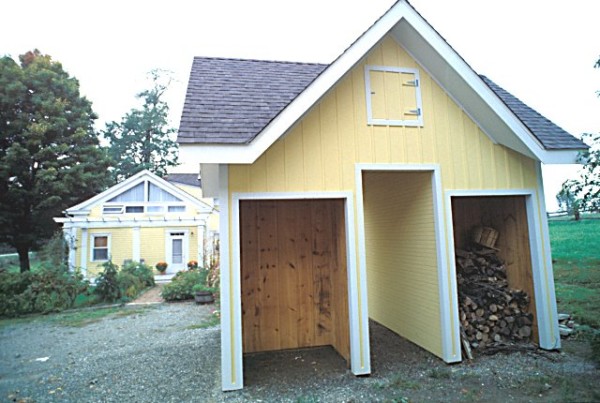 I think many of us have forgotten how powerful a modest structure can be in the landscape. Eighteenth and nineteenth century southern plantations almost always kept their pigeons or doves in pigeonniers or dovecotes. These small structures were utilitarian, but punctuated and emphasized the larger structures they were near. We design tool sheds, potting sheds, and generator enclosures (and all other buildings) to fit in with their environment and to complement the existing architecture. Garden structures create the feeling of a compound even though as buildings they themselves are quite modest. Because their presence in the landscape can enhance all else, their design deserves just as much attention as their larger cousins.
I think many of us have forgotten how powerful a modest structure can be in the landscape. Eighteenth and nineteenth century southern plantations almost always kept their pigeons or doves in pigeonniers or dovecotes. These small structures were utilitarian, but punctuated and emphasized the larger structures they were near. We design tool sheds, potting sheds, and generator enclosures (and all other buildings) to fit in with their environment and to complement the existing architecture. Garden structures create the feeling of a compound even though as buildings they themselves are quite modest. Because their presence in the landscape can enhance all else, their design deserves just as much attention as their larger cousins.

